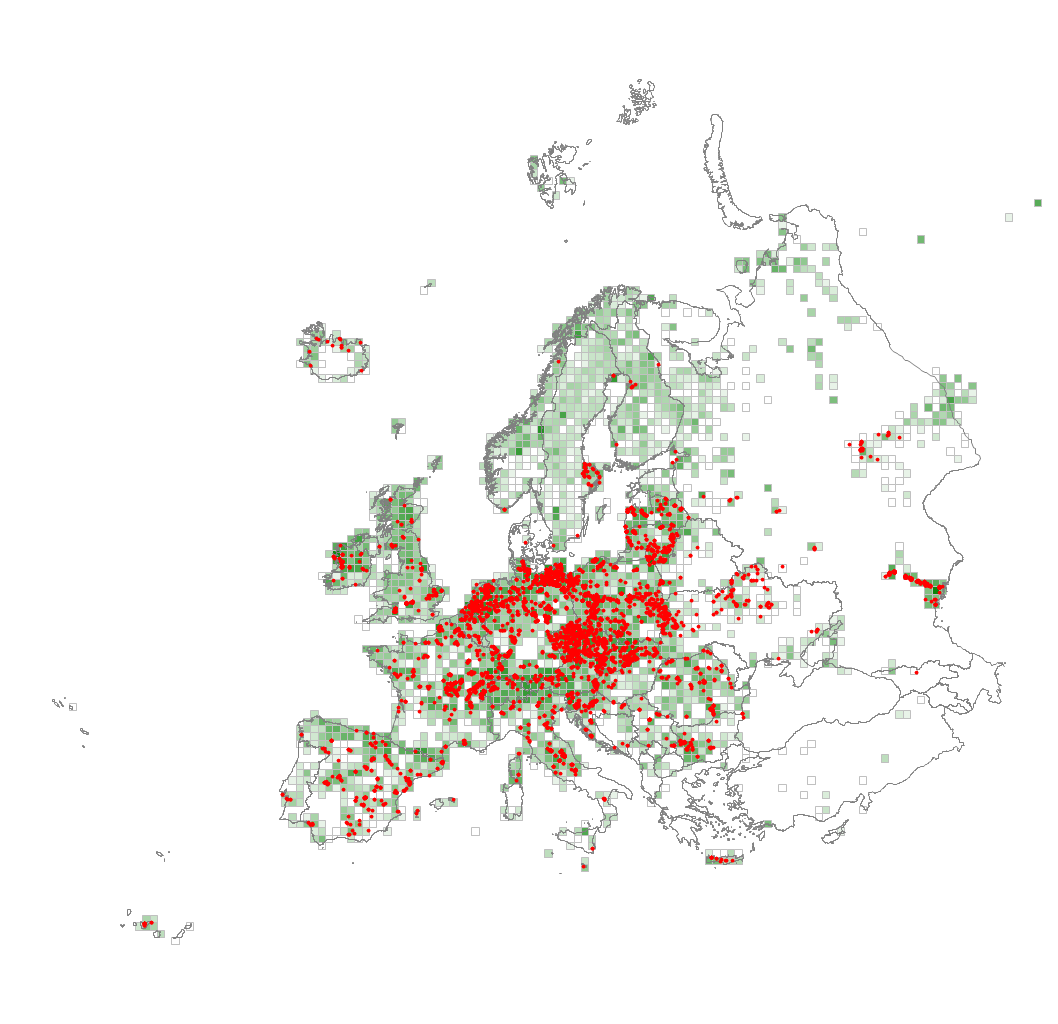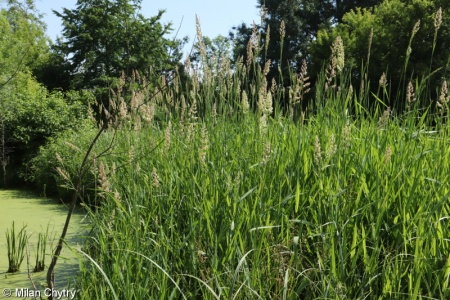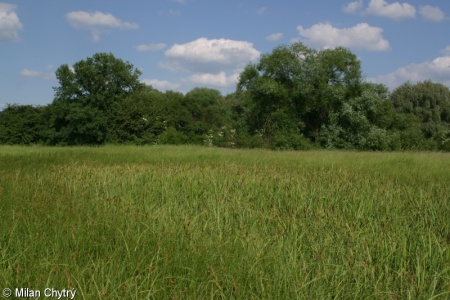Q53 Tall-sedge bed
This habitat develops throughout the European lowlands, though less commonly to the warmer south, on the margins of standing and slow-moving fresh waters just above the mean water level, but subject to periodic flooding, and on year-round water-saturated soils. Tall-sedge communities are usually species-poor, dominated by one productive plant, often of densely tussock habit, and accompanied by few characteristic species growing in mosaics on and between the tussocks. The particular dominant depends on climate, substrate, hydrology and trophic level of the habitat and, now usually in the past, on management by grazing or cutting. The main threats are the expansion of agricultural, industrial and urban areas and changes in the level of groundwater and its pollution. In many places, the habitat is totally transformed without the possibility of natural recovery, and strong intervention is usually needed for recovery.
Chytrý M., Tichý L., Hennekens S.M., Knollová I., Janssen J.A.M., Rodwell J.S. … Schaminée J.H.J. (2020) EUNIS Habitat Classification: expert system, characteristic species combinations and distribution maps of European habitats. Applied Vegetation Science 23: 648–675. https://doi.org/10.1111/avsc.12519
Version 2025-10-03, https://doi.org/10.5281/zenodo.16895007.
For the official presentation of the EUNIS Habitat Classification from the European Environment Agency, please see: EUNIS Terrestrial Habitat Classification 2021. The FloraVeg.EU presentation may show modifications and partial updates to the habitat classification.

5.jpg)

6.jpg)
7.jpg)
8.jpg)



9.jpg)